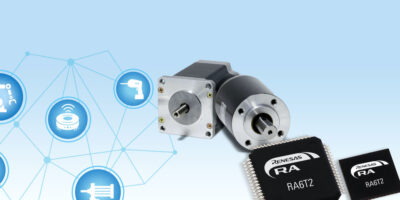Low power Airoc Bluetooth LE and 802.15.4 SoCs have been introduced by Infineon to help companies create low-power, high-performing products which comply to the Matter standard for smart homes.
Infineon’s Airoc CYW30739 Bluetooth LE and 802.15.4 SoCs are secure and scalable and can connect low power devices in the smart home. The combination of complementary Bluetooth LE and 802.15.4 protocols not only enhances seamless interoperability but enables end-to-end encrypted communication between individual devices in a Matter network.
The SoC features a low-power radio and is claimed to offer superior RF performance for robust connections. The low power consumption supports applications that require extended battery life in smart homes, smart buildings and smart lighting systems, for example.
The Airoc CYW30739 includes -95.5dBm LE Rx and -103.5dBm 802.15.4 sensitivity for long range Bluetooth and multi-protocol connectivity for seamless interaction between multiple connected devices. The integrated 96MHz Arm Cortex-M4 microcontroller has a floating point unit for computing performance as well as a highly optimised memory system across flash, RAM and ROM.
Infineon offers a comprehensive wireless portfolio to support Matter including the its Airoc Wi-Fi, Airoc Bluetooth and 802.15.4 and PSoC 6 microcontroller products.
Developers can accelerate the deployment of Matter products by accessing Infineon’s software support for Matter in the open-source Matter repository. There are additional Matter-specific capabilities in Infineon’s ModusToolbox software and tools. The latest version of ModusToolbox is available now for download form the company’s website.







